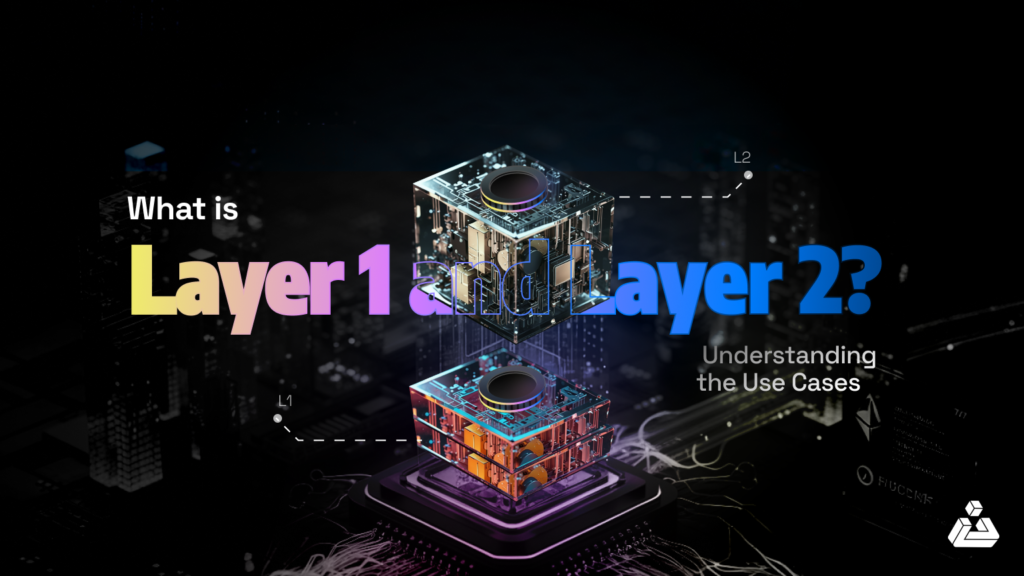In the current year, web3 has come out of the slump it was in. When the idea of Web3 Social emerged, it carried the weight of the industry’s dreams: mass adoption. The vision was bold—a decentralized, user-owned internet where our digital lives wouldn’t be dictated by a handful of tech giants. Yet, as the hype subsides and the fog clears, we’re left with hard questions: Why haven’t Web3 social platforms taken off? And more importantly, are we even building the right things? By September, over 220 million blockchain addresses had engaged in at least one interaction, reflecting a growth of more than three times since late 2023.

Perhaps the most fundamental misunderstanding in Web3 Social design is that web3 socials and community are the same thing. Developers often conflate the idea of “social” with “community,” building tools that attempt to address both but ultimately satisfy neither. Let’s break it down.
What Does “Social” Actually Mean?
Social platforms revolve around communication—connecting people and facilitating conversations. Think of apps like WhatsApp, Instagram or Telegram. Their success isn’t accidental; they each solve a specific need. Instagram gives us a polished, visual way to share our lives. WhatsApp? It made texting (and calling) free across the globe. Why do people go for a platform? It is because these platforms aim to solve something that the user needs. At first, I didn’t quite understand why people go for Telegram, but with time I got the perspective that this platform resists censorship. That is a good enough reason to shift to this platform when the current age of the internet is kind of trying to censor anyone who has a different or controversial opinion.
In Web3, attempts to reinvent “social” often center around Decentralized Identifiers (DIDs) and on-chain interactions. For example, ENS (Ethereum Name Service) allows users to attach human-readable names to their crypto wallets. It’s clever, sure—but beyond its niche use case as a wallet domain name, it doesn’t exactly scream “mass adoption.” Most people don’t wake up thinking If only I could decentralize my username!
Also Read: TON Blockchain and the Rise of Telegram-Based Applications
What Makes a ‘’Community’’?
A community, on the other hand, is about shared purpose and collective participation. Reddit is the textbook example here: its users come together around hobbies, fandoms, or causes. The platform’s success is rooted in its simplicity and the human desire to connect over common interests.
Web3 projects, in contrast, often mistake tools for communities. For instance, platforms like Lens Protocol tokenize interactions like follows and posts, turning them into NFTs. While this makes sense in theory—providing ownership of digital content—it hasn’t yet created compelling reasons for people to join.
Next; Let’s get this out of the way: Web3 has not revolutionized communication. At least, not yet.
Every major leap in social technology has been about fundamentally changing how we communicate: letters became telegraphs, which evolved into phone calls, emails, texts, and eventually video calls. Web3 Social, in its current state, hasn’t introduced anything comparable. Instead, it’s built on micro-innovations, such as decentralized identity or ownership of content. These are interesting but far from paradigm-shifting.
Take the concept of social graphs. Projects like Lens Protocol allow users to put their follows, likes, and posts on-chain. Theoretically, this means you can “own” your social data and carry it between apps. Sounds great—but here’s the problem: for most people, migrating followers from one app to another isn’t a pain point. People care more about the quality of their social experience than about technical ownership of their interactions.
It’s worth asking: Who are we really building for? For now, the answer seems to be “crypto enthusiasts” rather than the general public.
The Two Paths of Web3 Social
Broadly speaking, there are two ways Web3 Social projects are approaching the problem: bottom-up and top-down. Both have their merits—and their pitfalls.
Path 1: Bottom-Up (Crypto-Native First)
This approach starts from scratch, building Web3-specific systems with crypto at their core. Here are the main ideas:
- DIDs and Identity Management
Platforms like ENS and Unstoppable Domains let users create decentralized, portable identities. The potential is clear—universal usernames and profiles that aren’t tied to centralized companies like Google or Facebook. But in practice, these tools haven’t found much use beyond acting as wallet nicknames.
- Social Graphs
Lens Protocol tokenizes user behavior, allowing posts and follows to exist as NFTs. Developers can then build new social apps using these tokenized interactions. While this concept is exciting, it’s largely theoretical—there isn’t a killer app driving mainstream adoption yet.
The bottom-up approach often feels like it’s solving problems most people don’t have. Sure, decentralization is valuable, but the general public won’t abandon convenience for it unless there’s a must-have use case.
Path 2: Top-Down (Evolving Web2)
The second approach modifies existing Web2 social products by layering in Web3 elements. For example:
- Web2.5 Models
Farcaster is a standout here. Instead of trying to tokenize every interaction, it focuses on creating a solid Web2-like social experience for crypto users. Web3 features, like wallet integrations, are optional plugins rather than the main attraction. This restrained approach has helped Farcaster cultivate a niche, engaged crypto community.
- Infrastructure Plays
Projects like Ceramic aim to provide decentralized tools (like databases) that developers can use to build Web3 social apps. The challenge? They often feel like solutions looking for problems. Why reinvent the wheel when traditional databases already work perfectly for most applications?
Why SocialFi is Fundamentally Flawed?
Ah, SocialFi—the love child of social platforms and financial incentives. At its core, it sounds genius: pay people to engage. But in practice, it’s riddled with problems:
-
Incentivizing the Wrong Behavior
When you reward people for actions like posting or liking, you attract opportunists rather than genuine users. Bots and “farming studios” exploit these systems, creating noise rather than meaningful engagement. Real users get drowned out.
-
Overjustification Kills Intrinsic Motivation
Psychologists call it the “overjustification effect.” When you reward people for something they already enjoy, like socializing, it can backfire. Once the rewards disappear, so does their interest. Instead of fostering organic connections, SocialFi reduces everything to a transaction.
-
Limited Revenue Potential
SocialFi projects rely on financial incentives, but these incentives need funding. Unless there’s a strong revenue stream (think fan economies or premium services), the cash eventually runs out. When that happens, users leave.
Imagine a dating app where couples earn tokens for chatting, hugging, or sending virtual flowers. Sounds fun? Sure—until you realize the relationship feels more like a gamified checklist than an emotional connection. That’s SocialFi in a nutshell: transactional, not transformational.
So, where does Web3 Social go from here? Instead of trying to force mass adoption, the industry should focus on two achievable goals:
First, Nurture Crypto Communities, Platforms like Farcaster and Telegram have succeeded by catering to crypto-native users. By fostering engaged communities, they’ve created environments where Web3 tools can thrive organically.
Second, Build Middleware for the Future as Tools like ENS and Lens Protocol might not revolutionize social platforms today, but they lay the groundwork for future innovation. Imagine a Web2 giant like Instagram integrating ENS profiles to enable decentralized reputation systems. The possibilities are endless—but they’ll take time to materialize.
Final Thoughts
Web3 Social is at a crossroads. To succeed, it must let go of myths and focus on what truly matters—delivering real value. Instead of trying to “blockchain-ify” everything, developers should prioritize solving actual user problems and building tools that complement existing ecosystems.
The revolution won’t happen overnight, but with patience and focus, Web3 Social can find its place in the digital landscape. The key is simple: build for people, not for hype.































